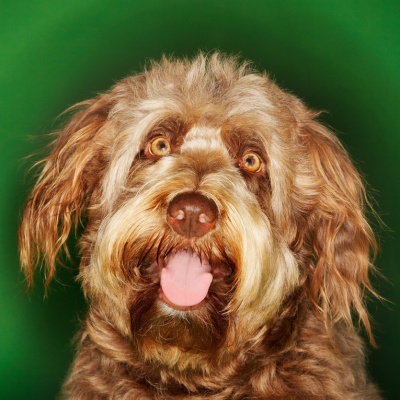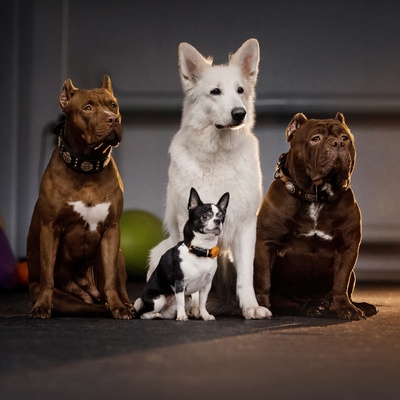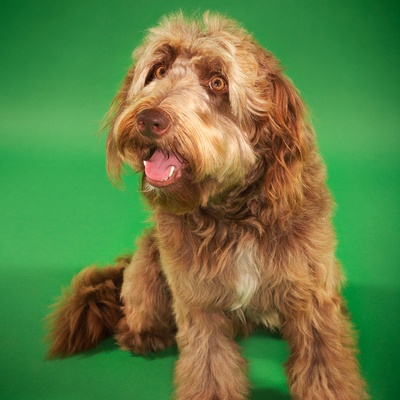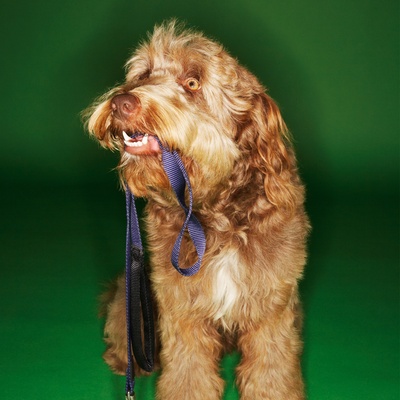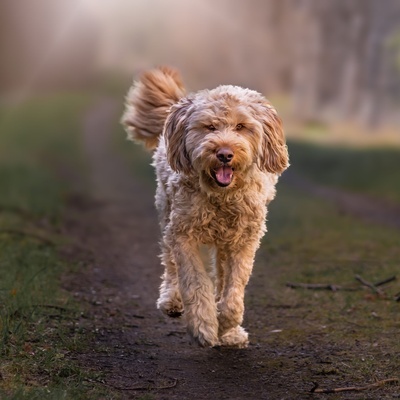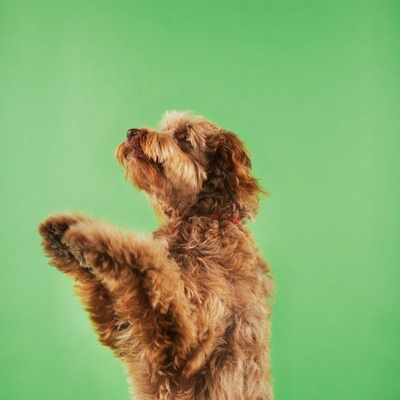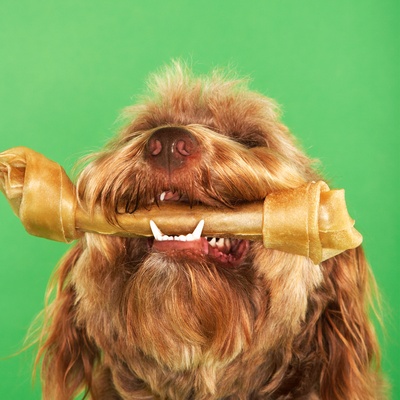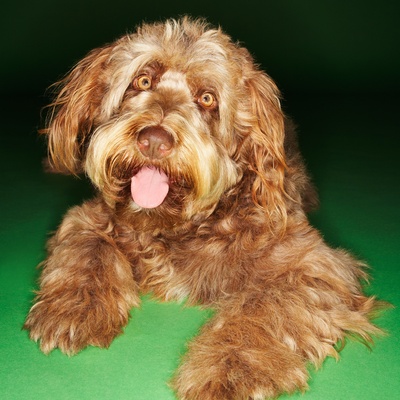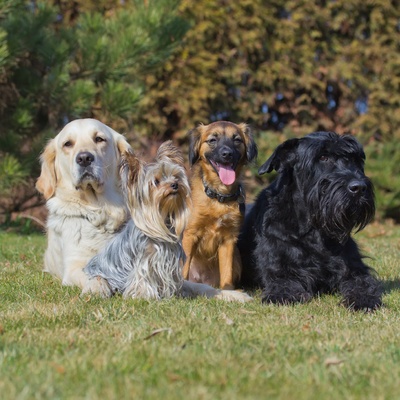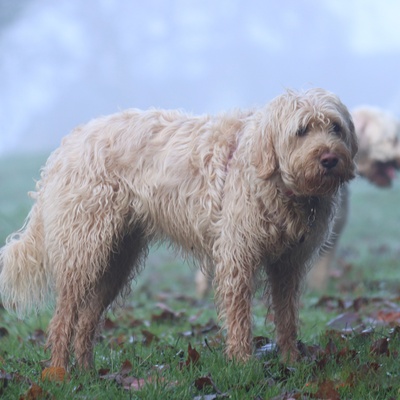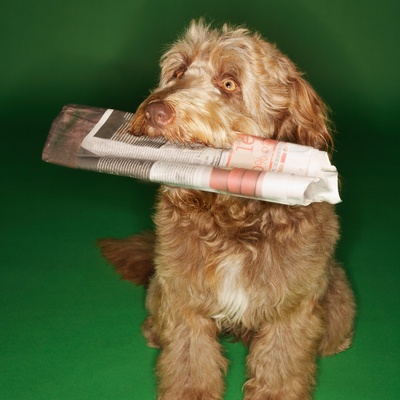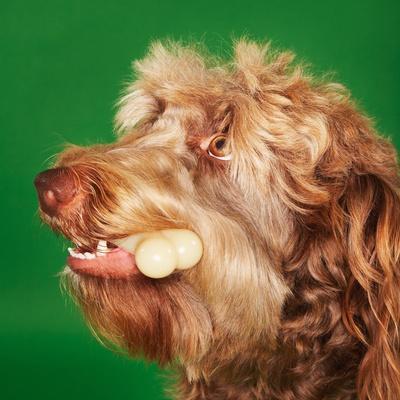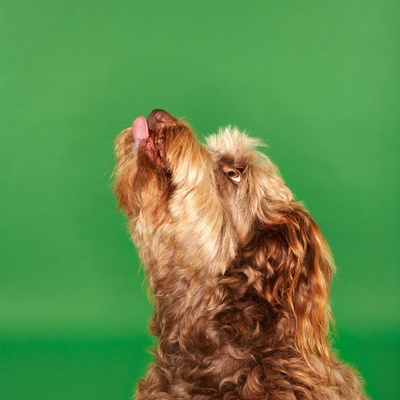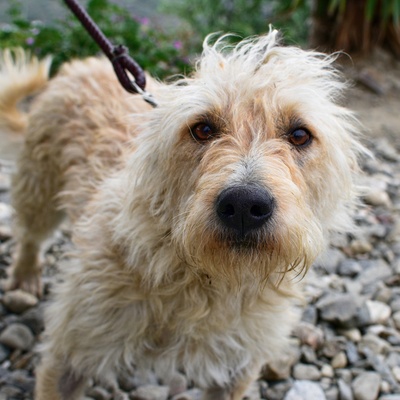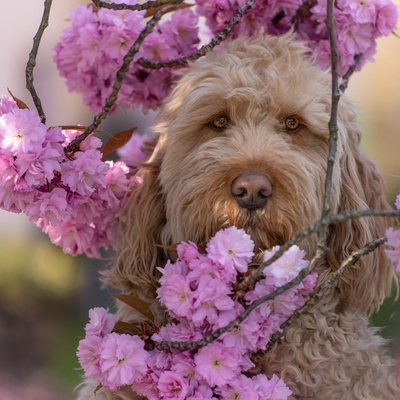Introducing the Otterhound
Discover all there is to know about the Otterhound: its characteristics, behavior, training, and its cost.
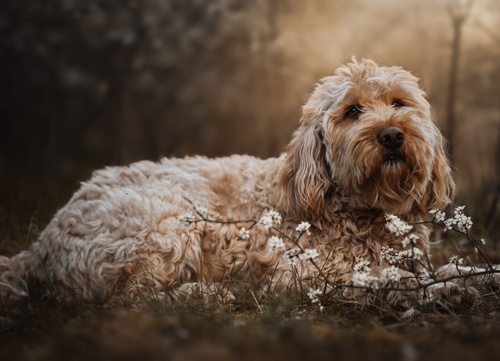
Discover all there is to know about the Otterhound: its characteristics, behavior, training, and its cost.
The Otterhound hails from medieval England, bred to hunt otters in the country’s rivers. Though rare today, it remains a water-loving scent hound with an excellent nose and strong tracking abilities.
Known for its bravery and versatility, the Otterhound excels in activities like hunting, search and rescue, and water sports. Its webbed feet and waterproof coat make it a natural swimmer.
Affectionate and loyal, Otterhounds are friendly family dogs that bond closely with their owners. They are sociable and playful, thriving on companionship and interaction with people and other pets.
This section outlines the unique features of the Otterhound.
The Otterhound belongs to the Hound group, known for its exceptional tracking abilities and endurance. It excels at following scent trails over long distances.
The Otterhound is a large breed, standing between 24 to 27 inches tall and weighing 80 to 115 pounds.
Otterhounds have a long, rough, double coat that’s thick and slightly oily, ideal for wet environments.
Common coat colors include grizzle or wheaten, with varying shades from light to dark.
Best suited for homes with large spaces or access to the countryside, Otterhounds need room to roam and exercise.
Friendly and sociable, Otterhounds get along well with children and other animals, making them excellent family pets.
Generally healthy, Otterhounds can be prone to joint issues and ear infections due to their floppy ears.
Intelligent but independent, Otterhounds require patient training with positive reinforcement.
We can help!
Each dog has its own character and specific needs. Making the right choice will allow you to ensure their well-being and yours.
Thanks to our quiz, you will know the breed that suits you based on your personality, your style and place of life and many other criteria.
Don't wait any longer and take the quiz to find out the answer!
The Otterhound is a large, well-proportioned breed, with a rugged appearance that speaks to its working dog heritage. Its coat is typically rough and waterproof, ranging in colors such as grizzle or wheaten, and its expressive face features bushy eyebrows and a beard, giving it a wise and rugged look.
Male Otterhounds typically stand between 26 and 27 inches tall, while females measure slightly less at 24 to 26 inches. Males generally weigh between 95 and 115 pounds, with females ranging from 80 to 100 pounds. Otterhounds grow at a moderate pace, with most reaching their adult height and weight by the age of 18 to 24 months.
The Otterhound has a long, rough, and slightly oily coat that is perfectly suited for life in the water. Its double coat is dense, with a soft, insulating undercoat and a coarse outer layer that can be slightly wavy, particularly around the back and legs.
The Otterhound’s coat color varies within a specific palette. Common colors include grizzle, wheaten, black, and tan, with shades ranging from lighter to darker variations of each.
The Otterhound’s thick, double coat requires regular attention. Shedding occurs all year round, with heavier shedding during seasonal changes in spring and autumn. To manage their coat, Otterhounds need to be brushed at least two to three times a week to prevent matting and to keep their fur healthy. Given their love of water, Otterhounds benefit from a bath only when necessary, typically every few months, to avoid irritating their sensitive skin.
The Otterhound is a balanced, well-proportioned dog with a sturdy and rugged appearance. Its large, slightly domed head is strong and framed by a long, rough coat that gives the breed its distinctive look. The Otterhound's eyes are deep-set and dark, often expressing a calm, intelligent gaze. Its ears are long and drooping, set low on the head and covered in thick, wavy hair. The Otterhound’s body is muscular and well-developed, built for endurance and strength, with a deep chest and a strong back, leading to a long, tapering tail.
The Otterhound is known for its loyalty, friendliness, and affectionate nature. These dogs are gentle yet determined, making them excellent companions and loving family members.
There are approximately 400 dog breeds registered, divided into 10 groups. The Otterhound belongs to the Hound group, which includes breeds like Beagles, Basset Hounds, and Bloodhounds. These breeds are known for their exceptional scent-tracking abilities and endurance, traits honed through their history as hunters.
Hounds are intelligent, independent, and possess a strong prey drive, excelling in activities that involve tracking and hunting. The Otterhound, in particular, stands out for its remarkable scenting ability, endurance, and gentle demeanor. Its primary role has historically been as a water hound, specializing in hunting otters and other game, thanks to its keen instincts and determination.
The Otterhound is a friendly and easygoing breed with a strong sense of loyalty. These dogs are affectionate and love to be close to their owners, often showing their devotion through gentle nuzzles and eager companionship. For the Otterhound to thrive, it’s essential for their owner to be present and attentive, providing them with the affection and interaction they crave.
Otterhounds are naturally sociable dogs that get along well with both people and other animals. Their generous, easygoing nature makes them excellent companions, especially for children, as they are patient and gentle. However, it’s important to work on their social skills from a young age to ensure they grow into well-rounded, confident adults.
Take the test and find out the dog breed that matches your personality and lifestyle.
The Otterhound is quite adaptable and can live in a variety of environments, from rural homes to urban apartments. However, they thrive best in homes with space to explore. What matters most to the Otterhound is the attention and affection of its owner. To keep them happy and healthy, they need at least two walks a day, each lasting around 30 to 45 minutes.
While adaptable, the Otterhound benefits greatly from an outdoor environment where it can indulge its natural curiosity and release energy. These hounds are happiest when they have the freedom to explore and satisfy their hunting instincts, whether in a garden or open countryside.
The Otterhound is an intelligent breed with a strong sense of independence. While they are capable of learning quickly, their training requires patience and consistency due to their stubborn streak. It’s essential to make training sessions engaging, with plenty of positive reinforcement and rewards. Given their natural tendency to wander off when following a scent, equipping an Otterhound with a GPS collar is highly recommended to prevent them from getting lost during walks or outdoor adventures.
Otterhounds are known for their sharp sense of smell and hunting instincts, which can sometimes cause them to be less responsive to commands when they catch an interesting scent. Early socialization and structured training are crucial to improve their listening skills and ensure they respond well to their owner's commands. With the right approach, Otterhounds can be well-behaved and attentive companions, but their natural hunting instincts will always play a role in their behavior.
The Otterhound is generally a healthy and robust breed, but like all dogs, it requires regular care to prevent potential health issues. Daily care, such as regular grooming and paying attention to ear hygiene, is essential to preserve their health and prevent infections.
The Otterhound is typically a healthy breed, but it is prone to certain health conditions due to its size and physical structure. Common issues include hip dysplasia and bloat, which can affect larger dogs. Ear infections are also frequent due to their long, floppy ears, particularly if the dog spends a lot of time in the water. Otterhounds generally have a lifespan of 10 to 13 years.
Routine care for the Otterhound includes regular veterinary visits to ensure vaccinations, deworming, and parasite treatments are up to date. At home, their coat should be brushed several times a week to prevent matting and maintain its health. Their ears need frequent cleaning to avoid infections, especially after swimming. Dental care is also important, with brushing two to three times a week recommended, along with regular nail trimming. While the Otterhound is not a hypoallergenic breed, being mindful of potential allergies and consulting a vet for proper guidance is crucial.
Every dog breed has specific nutritional needs, and for the Otterhound, a balanced diet is key to maintaining its vitality and strength. A diet rich in proteins and vitamins is essential to meet their energetic demands. We recommend feeding your Otterhound premium-quality kibble, as it provides a solid and balanced dietary foundation. If additional protein is needed, lean white or red meat can be added to their meals, while ensuring fats are kept to a minimum to avoid weight gain.
The Otterhound is a well-regarded breed, admired for its rarity and unique characteristics. However, there are only a limited number of breeders in the UK due to its rare status. It's important to consider several factors before adopting.
Before adopting an Otterhound, there are some important points to consider. First and foremost, you need to check that the breeder is reputable. This means visiting the breeder's premises to assess the living conditions and behavior of the dogs. Responsible breeders will provide transparent information about the puppy's health and any genetic illnesses in its lineage.
Lastly, mandatory electronic identification, like microchipping, is not always mandated at the federal level in the United States for cats and dogs. But microchipping is widely acknowledged as a successful way to permanently identify pets and increase the possibility of reuniting lost pets with their owners, even in the absence of universal regulations. As a pet owner, it is advised to inform yourself about municipal laws to ensure the safety and wellbeing of your pet.
The cost of an Otterhound puppy can vary. Typically, Otterhound puppies range from
to
Keep in mind that maintaining this breed involves annual expenses, which can add up to approximately
to
per year.
Choosing a dog that matches your personality and lifestyle will ensure your well-being and his!
